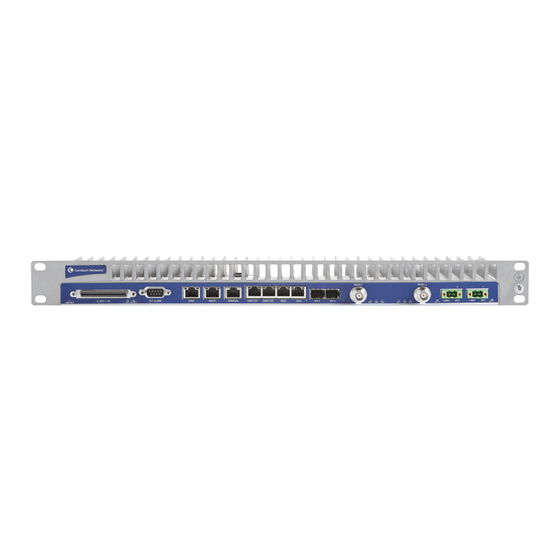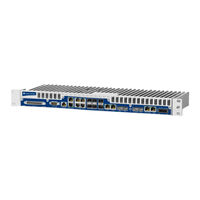
Cambium Networks PTP 820G Manuals
Manuals and User Guides for Cambium Networks PTP 820G. We have 3 Cambium Networks PTP 820G manuals available for free PDF download: User Manual, Technical Description, Installation Manual
Cambium Networks PTP 820G User Manual (1149 pages)
Split-Mount System
Brand: Cambium Networks
|
Category: Network Hardware
|
Size: 24 MB
Table of Contents
-
-
-
-
-
-
RFU Overview63
-
-
-
-
Logging on106
-
-
Switchover123
-
-
-
-
-
LAG Overview239
-
-
Configuring XPIC255
-
-
Configuring NTP312
-
-
-
-
-
RMON Statistics401
-
-
-
-
-
G.8032 Overview457
-
Adding Erpis459
-
Configuring MSTP469
-
Configuring LLDP491
-
LLDP Overview491
-
-
-
TDM Overview510
-
-
Advertisement
Cambium Networks PTP 820G Technical Description (256 pages)
Brand: Cambium Networks
|
Category: Network Hardware
|
Size: 6 MB
Table of Contents
-
-
-
-
Oam147
-
Synchronization151
-
TDM Services162
-
TDM Pseudowire166
-
-
Ipv6 Support176
-
Alarms184
-
External Alarms185
-
NTP Support187
-
UTC Support188
-
Cambium Networks PTP 820G Installation Manual (68 pages)
Brand: Cambium Networks
|
Category: Wireless Access Point
|
Size: 2 MB
Table of Contents
Advertisement


